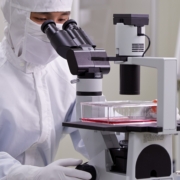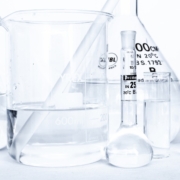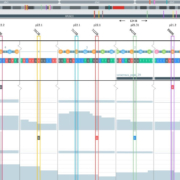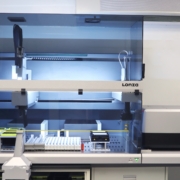Takara Bio Europe AB and PanCryos announce licensing agreement to enable development of cell-based therapy for diabetes
Takara Bio Europe AB (TBEAB) and PanCryos have reached a licensing agreement surrounding TBEAB’s clinical-grade human embryonic stem (hES) cell lines. PanCryos has established a simplified and effective method to generate stem cell-derived, glucoseresponsive beta cells and is one of several customers in TBEAB’s new out-licensing programme.











